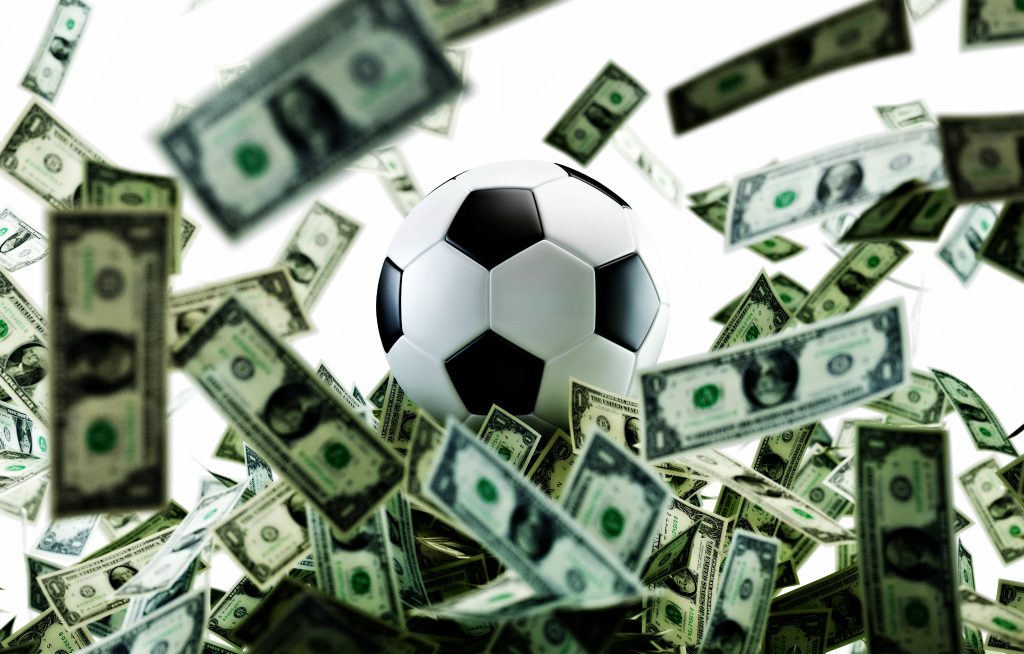Kids’ Sports – The High Price Of High Performance
USA Swimming recently voted to ban high-tech swimsuits for athletes competing under the age of 13. The swimsuits were first developed ten years ago and one, Speedo’s LZR Racer, had the help of NASA in creating the design. No longer are kids’ sports an even playing field; money has separated the haves and the have-nots. The suits give the swimmers wearing them an added advantage over opponents wearing lower-tech clothing by reducing the hydrodynamic ‘drag’ on a swimmer, thereby decreasing swim times. After they were first introduced, forty-three world records were set at the 2009 World Championships, causing FINA to ban them shortly thereafter. But now that youth sports has grasped a win-at-all costs mentality, these high-end products are finding their way into the youth ranks. Cost for the suits ranges from $100 to $500, which for many parents, is just too much money.
High Tech Gadgets To Increase Sports Performance
Technology advances in sports is not a new idea. Wooden tennis rackets made way for the lighter metal versions. Alloy has been improving performance in golf clubs, baseball bats, helmets, skates – all kinds of gear – and revolutionized the world of athletics. But whereas many of those advancements also helped to make the equipment more affordable, today’s trend is for higher tech, less affordable items. Nike’s Zoom Vaporfly 4% running shoe is made with a carbon-fiber plate that is embedded in the midsole. It stores and releases energy and was worn by Eliud Kipchoge in his nearly sub-two-hour marathon attempt last May. They cost on average $350. Last year, we bought our daughter a pair of $250 soccer cleats; they are made to feel like a ‘sock’ and when they were first introduced, Nike said “soccer will never be the same.” I’m not sure about her soccer game, but our wallets won’t be.
Money gives advantages for kids’ sports in more ways than just equipment. It also provides the ability to pay for club and travel, private lessons, sports psychologists, cryotherapy for recovery, brain training, reflex and reaction training, special high-tech balls to track and give you feedback, and you can even pay a company $350 per month to have your own personal, Olympic mentor.
Youth sports is a $15-billion industry, doubling over the past ten years. According to Aspen Institute’s Project Play, wealth is the primary driver for kids playing sports; families with incomes under $25,000 were half as likely to play a team sport and three times more likely to be inactive than wealthier families. And a Utah State University study found parents are spending as much as 10% of their income on youth sports, anywhere from $2,292 to $20,000 per year. The study also found that as parental financial support went up, the child’s enjoyment went down, correlating to increased parental pressure. Parents, burdened with the large financial strain and the large time commitment spent driving to all the practices, games and far-away tournaments, expect high returns from their kids; AKA their investments. Unfortunately, as Gordon MacLelland, from Parent In Sport says, “Kids aren’t mini adults and they don’t value the same things we do and nor should they.” FUN is still the #1 reason kids want to participate in sports, and you don’t need expensive equipment or training for that.
